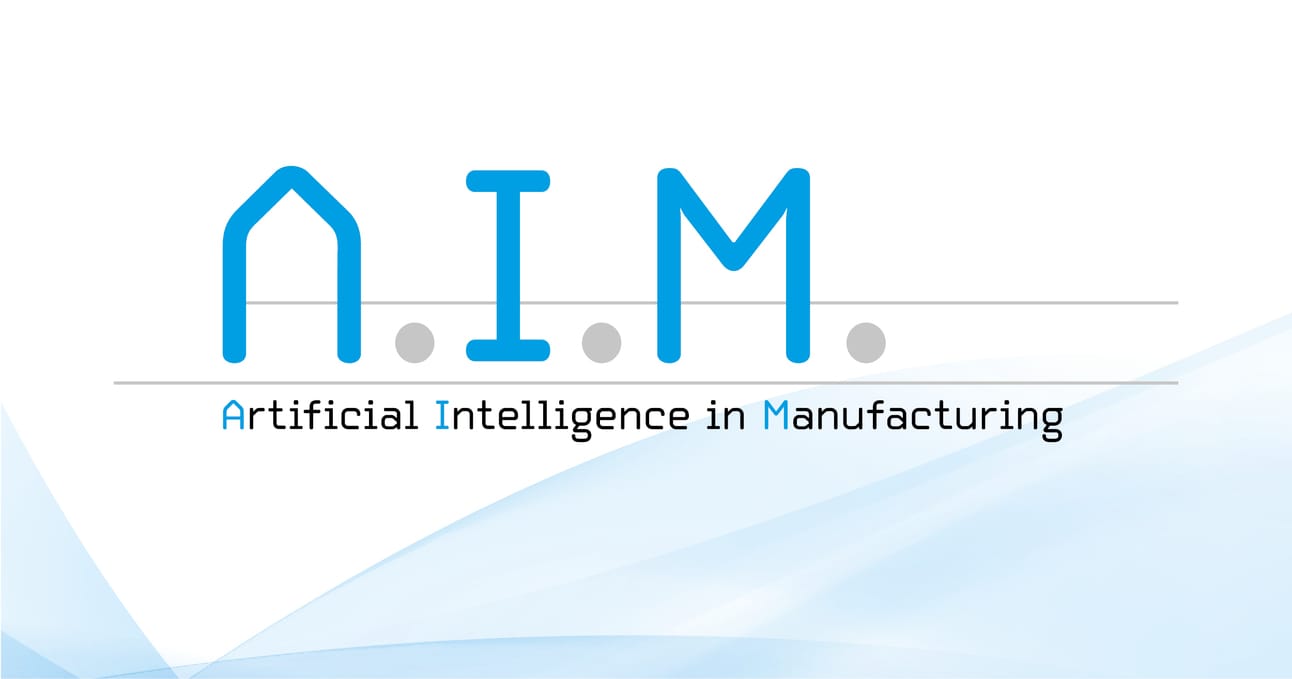- AI in Manufacturing
- Posts
- AI Horizons: Enabling Global Food Resilience
AI Horizons: Enabling Global Food Resilience
Plus: Atomic Industries raises $25M to scale AI-driven manufacturing, FANUC showcases next-gen food-grade robotics, ABB & LandingAI push advances in robotic vision, and more!


As AI continues to shape manufacturing, the focus is moving from potential to practice. This week, we look at how intelligent systems are reshaping food supply chains, strengthening forecasting, improving therapies, and even changing the way we harvest crops.
We begin with a new multi-agent AI platform designed to bring real-time foresight to food supply chains. By synthesizing billions of signals, it aims to reduce waste, anticipate risks, and bring greater stability to one of the world’s most complex ecosystems.
Elsewhere, fresh research highlights how manufacturers using AI report major gains in forecasting accuracy, product quality, and inventory management. The results suggest that early adopters are already seeing measurable returns. Could this mark the tipping point for broader adoption?
Momentum is also building on the investment front, with a fast-scaling platform attracting significant funding to accelerate its approach to AI-driven production. At the heart of it lies the idea that manufacturing tools can be as adaptive and intelligent as the products they help create.
In life sciences, AI is stepping into cell and gene therapy manufacturing, where the stakes are uniquely high. With single batches costing hundreds of thousands of dollars, real-time insights and predictive adjustments could be the key to reducing failures and bringing therapies to patients faster.
On the factory floor, new robotic demonstrations are showing how food-grade systems can automate everything from handling baked goods to palletizing crates. The emphasis is on hygiene, consistency, and scale, critical needs as food producers adapt to tighter labor markets.
And finally, in agriculture, AI is moving into the fields, literally. From optimizing water use to improving yield predictions, intelligent tools are beginning to change how farmers approach long-standing challenges. What might this mean for the future of food production at scale?
Together, these stories highlight AI’s expanding role in manufacturing, from labs to fields, from robotics to supply chains, underscoring how intelligence at every stage is starting to reshape the way goods are produced, moved, and delivered.
Thanks for reading. As always, feel free to hit reply and share what you’re seeing on your side of the manufacturing world. To stay ahead of the curve in the world of AI in manufacturing, you can follow us on LinkedIn for daily updates and breaking news. Here’s to another week of smart, AI-powered innovation!


